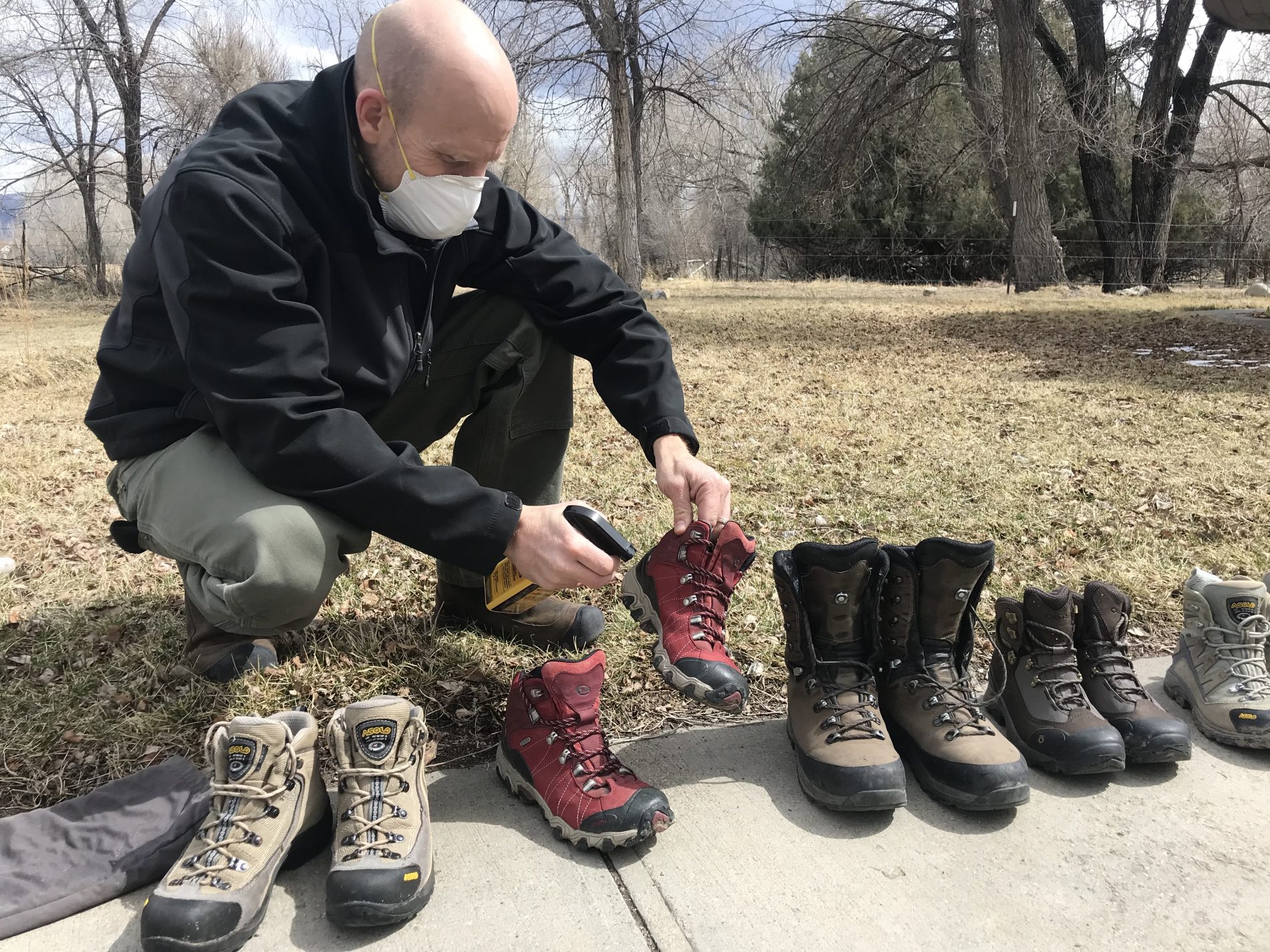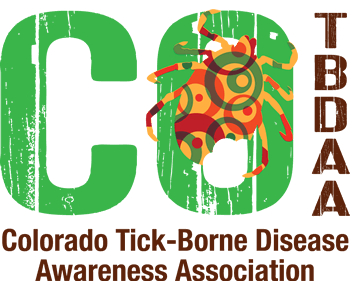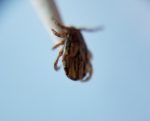
Tick Repellents
Tick Repellents
For Clothing and Gear
Permethrin-treated clothing provides strong protection against ticks, mosquitoes, and other biting insects. It kills ticks within seconds of contact and becomes odorless and flame resistant once dry, making it a great choice for outdoor workers and everyone that enjoys recreating or spending time outdoors.
Karl Ford, PhD., co-author of the National Park Service publication Tick surveillance and disease prevention on the Appalachian Trail, stated that “Proper clothing treated with permethrin is the single most important preventive measure a hiker can take.” As ticks crawl upward in search of a location to attach, keeping shoes, socks or wearing pre-treated gaiters and pants can reduce your potential exposure.
You can treat your clothing and gear with permethrin spray at home or buy pre-treated items from various companies. Home treatments typically remain effective for up to six washes, while commercially treated clothing and gear can last through about 70 washes. Keep in mind that permethrin should only be applied to clothing, not directly to the skin. After treating your items, allow them to dry completely before wearing.
Commercially treated clothing and gear are available at many outdoor equipment stores in Colorado as well as online stores. Visit our Community Partners at Sawyer and Insect Shield for permethrin products, clothing and gear. Additionally, Insect Shield offers savings on products ordered through our affiliate link as well as a mail-in program for commercial treatment of your own clothing and gear.
For the Skin
The use of repellents applied to the skin can reduce your exposure to tick bites. It is important to keep in mind that insect repellents have varying degrees of effectiveness against ticks. Though DEET containing products have been shown to be the most effective overall insect repellent for deterring mosquitoes, black flies and gnats; it is only effective at repelling ticks for brief time periods after being applied and then must be re-applied. Some commercial products made with Picaridin, IR3525, as well as Oil of Lemon Eucalyptus have shown higher effectiveness against ticks. Visit our Community Partners at Sawyer for many skin repellents effective against ticks.
CDC has evaluated information published in peer-reviewed scientific literature and data available from EPA to identify several types of EPA-registered products that provide repellent activity sufficient to help people reduce the bites of disease-carrying ticks.
Products containing the following active ingredients typically provide reasonably long-lasting protection:
- DEET (chemical name: N,N-diethyl-m-toluamide or N,N-diethyl-3-methyl-benzamide). Products containing DEET include, but are not limited to, Sawyer, Off!, Cutter, and Ultrathon.
- Picaridin (KBR 3023 [Bayrepel] and Picaridin outside the US; chemical name: 2-(2-hydroxyethyl)-1-piperidinecarboxylic acid 1-methylpropyl ester). Products containing picaridin include, but are not limited to, Sawyer, Cutter Advanced, Skin So Soft Bug Guard Plus, and Autan (outside the US).
- Oil of lemon eucalyptus (OLE) or PMD (chemical name: para-menthane-3,8-diol), the synthesized version of OLE. Products containing OLE and PMD include, but are not limited to, Repel and Off ! Botanicals. This recommendation refers to EPA-registered products containing the active ingredient OLE (or PMD). “Pure” oil of lemon eucalyptus (essential oil not formulated as a repellent) is not recommended; it has not undergone similar, validated testing for safety and efficacy and is not registered with EPA as an insect repellent.
- IR3535 (chemical name: 3-[N-butyl-N-acetyl]-aminopropionic acid, ethyl ester). Products containing IR3535 include, but are not limited to, Skin So Soft Bug Guard Plus Expedition and SkinSmart.
- 2-undecanone (chemical name: methyl nonyl ketone). The product BioUD contains 2-undecanone.
EPA characterizes the active ingredients DEET and picaridin as “conventional repellents” and OLE, PMD, IR3535, and 2-undecanone as “biopesticide repellents,” which are either derived from or are synthetic versions of natural materials.
The EPA provides a tool for evaluating the right repellent depending on your needs here.
Children
Many products are not recommended on young children. The American Academy of Pediatrics provides guidelines for repellent use in children are found here.
New developments
Though effective at repelling ticks, many people are reluctant to use synthetic chemicals, especially those containing DEET. The CDC is currently working with a commercial partner, Evolva, to evaluate possible formulations to develop a completely natural insect repellent made from a chemical called Nootkatone. Nootkatone, is a natural ingredient found in Alaskan yellow cedar trees, some herbs, and citrus fruits, and it is responsible for the distinctive smell of grapefruits. Division of Vector-Borne Disease scientists have found Nootkatone to be an effective repellent and insecticide for use against mosquitoes, ticks and other pests. Nootkatone is now registered by EPA.







